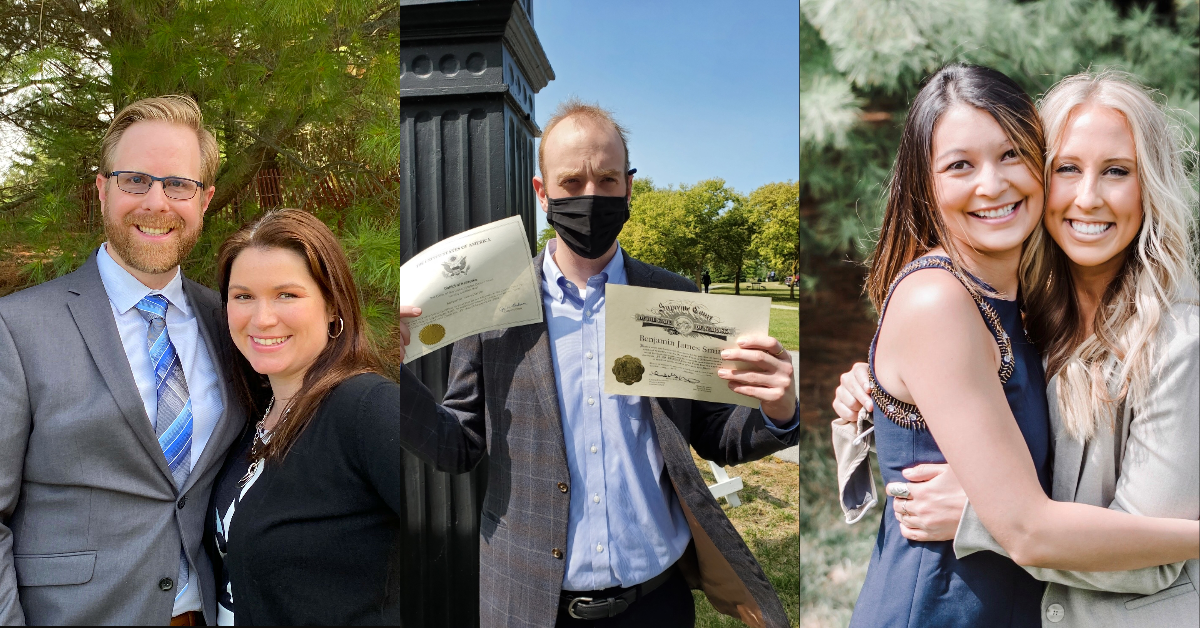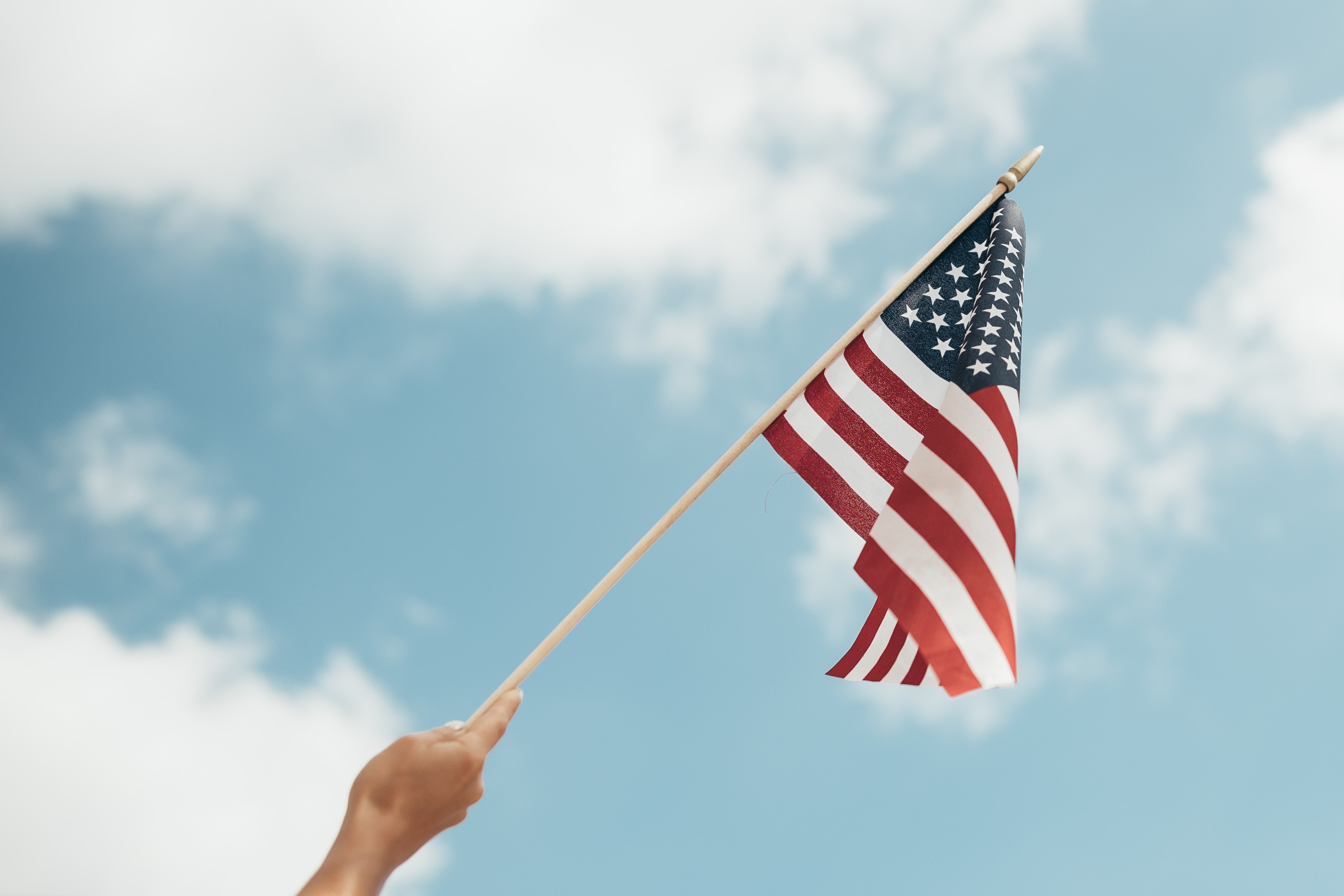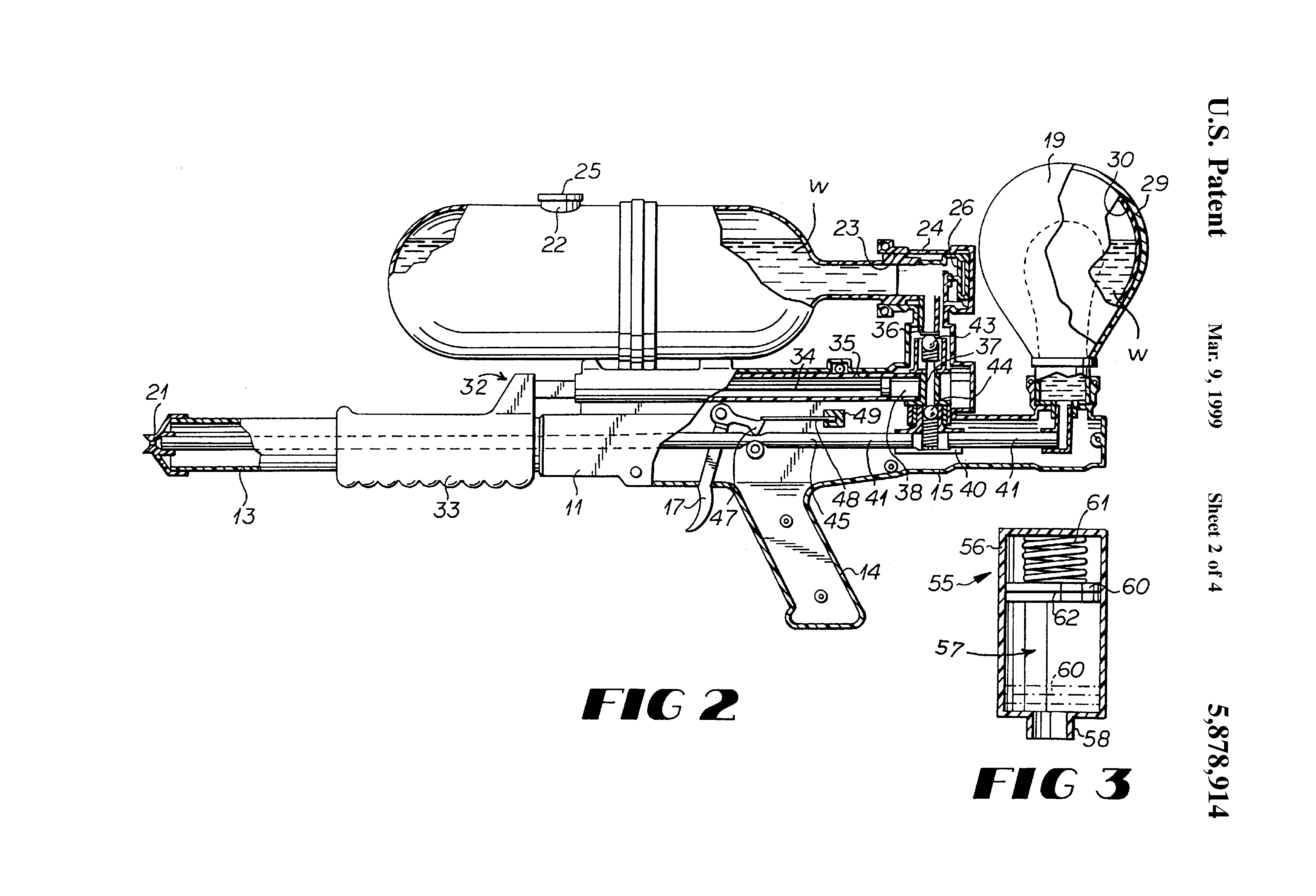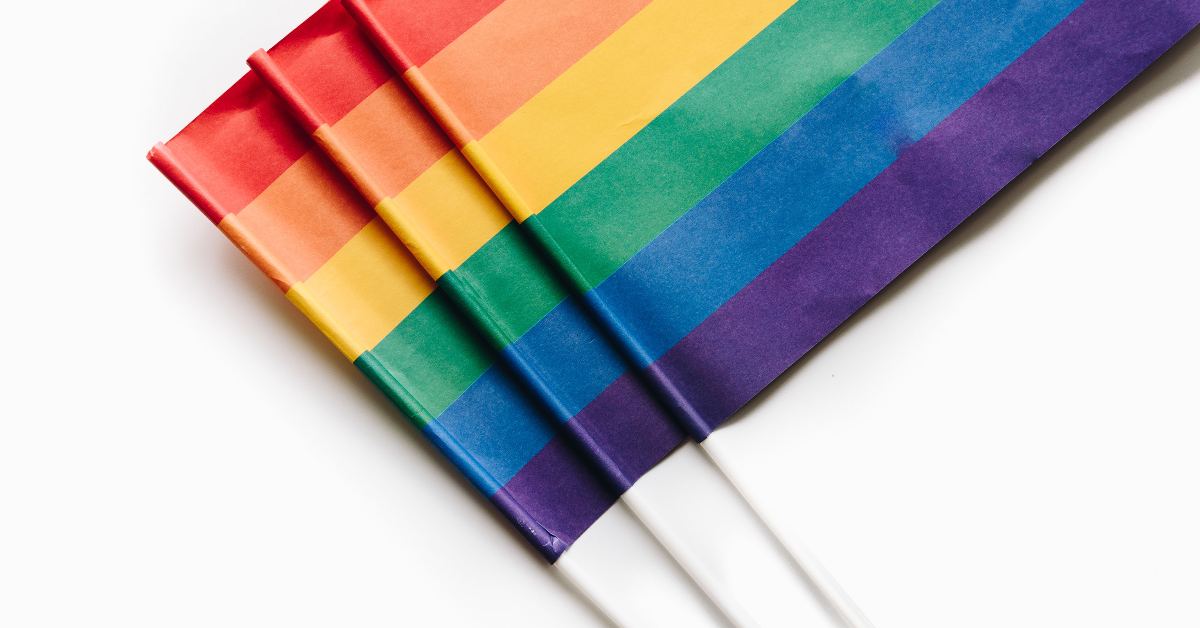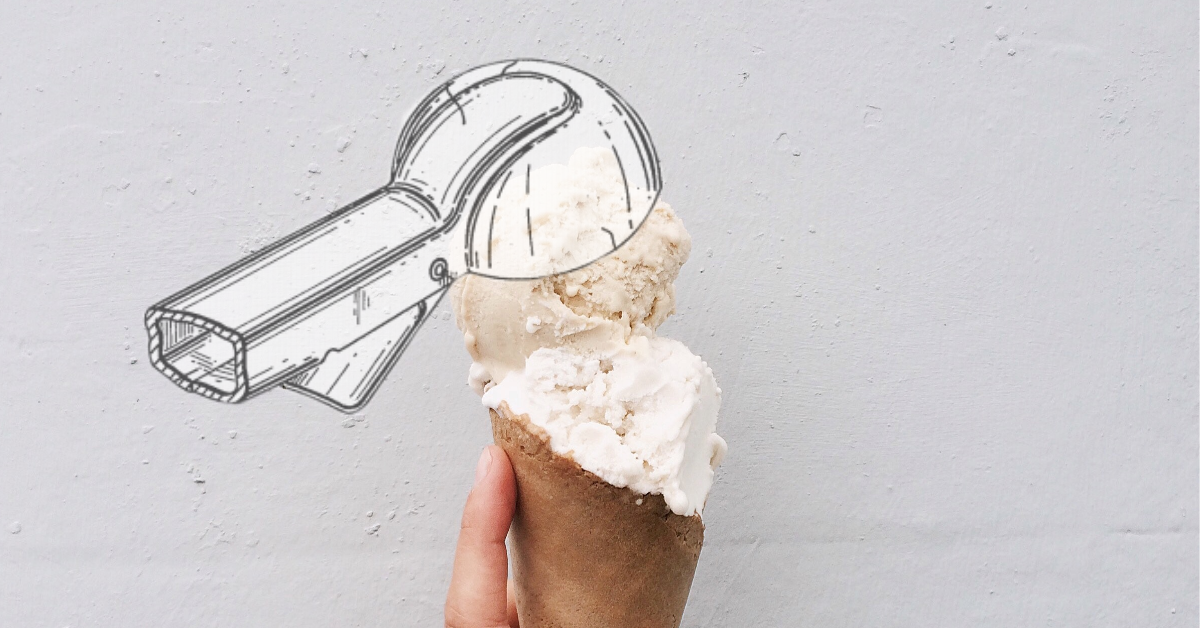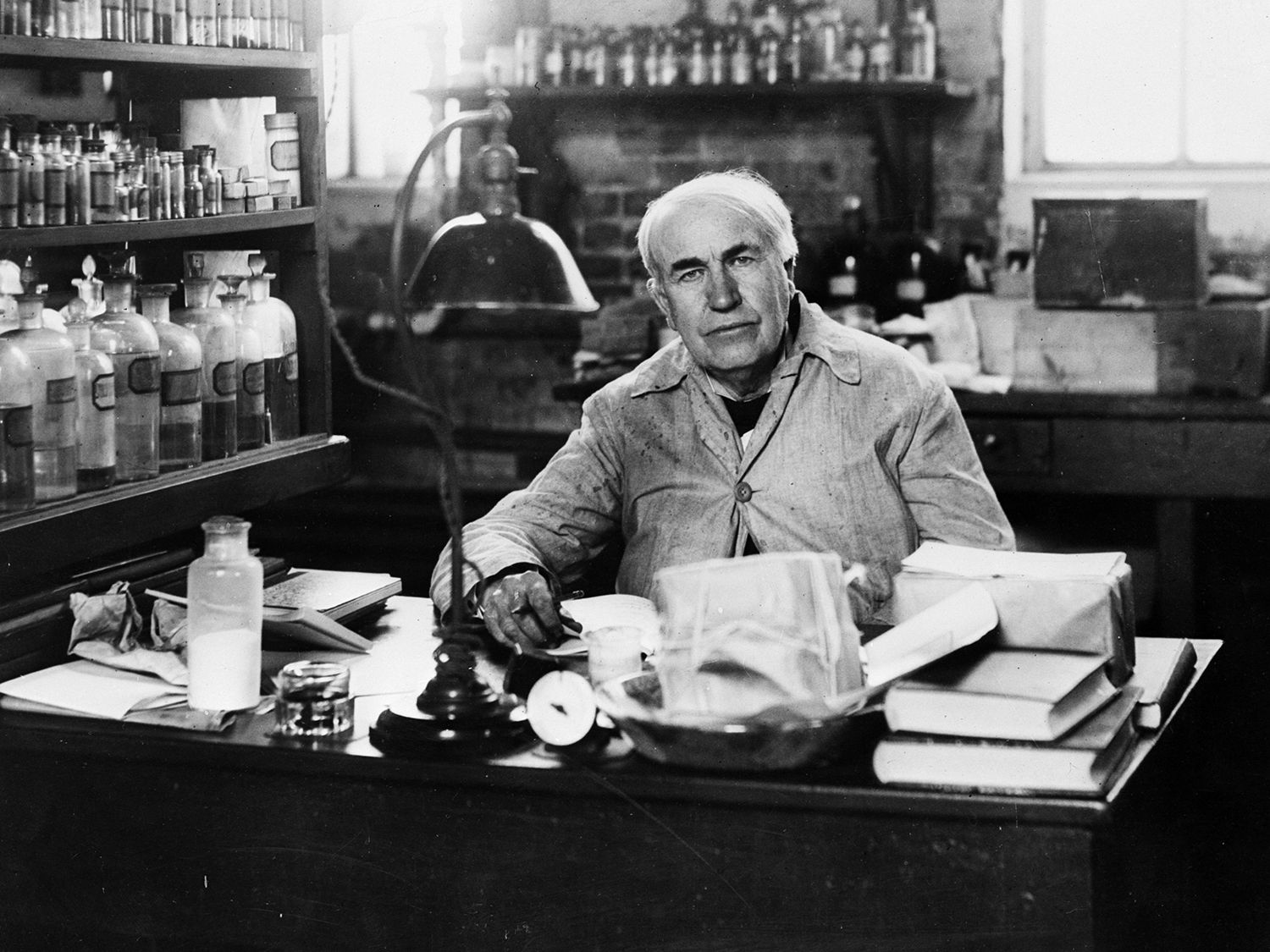USPTO v. Booking.com - Booking.com Argues Against “Generic” Trademark Registration
Booking.com argues against “generic” trademark registration
In a ruling by the Supreme Court in July, United States Patent and Trademark Office et. al. v. Booking.com B.V., online companies may have an easier process to register their website names. The Court rejected the Patent and Trademark Office rule that a generic.com name was no different than a generic name.
Trademarks distinguish one entity’s goods or services from another’s. Under the Lanham Act, enacted in 1946, one can protect their trademark under federal law. In order to qualify for federal statutory protection, a trademark must be one “by which the goods of the applicant may be distinguished from the goods of others.” Distinguishing trademarks from each other, or determining distinctiveness is often expressed on a scale. Trademarks may be generic, descriptive, suggestive, arbitrary, or fanciful. The most distinctive trademarks, “fanciful (‘Kodak’ film), arbitrary (‘Camel’ cigarettes), or suggestive (‘Tide’ laundry detergent)," are determined to be “inherently distinctive” and may become registered trademarks. Descriptive marks must “achieve significance in the minds of the public as identifying the applicant’s goods or services," also known as a “secondary meaning” or “acquired distinctiveness," in addition to the mark’s inherent qualities to become a registered trademark. Generic marks are incapable of becoming a registered trademark, because the mark is the name of a good itself, which is available for everyone to describe their goods or services.
Booking.com was seeking a federally registered trademark on their name. The USPTO refused, saying the name was generic, that booking is a name of a class of products or services with an added “.com." Appealing the decision, Booking.com sought judicial review. The District Court determined that “Booking.com” is not generic, unlike a stand-alone term “booking”. The Court of Appeals for the Fourth Circuit affirmed, and further concluded that combining a generic term like “booking” with “.com” does not yield a “generic composite."
The Supreme Court, in an 8-1 decision, affirmed the lower courts and held “Booking.com” was not a generic trademark. In a decision delivered by Justice Ginsburg, the Court ruled that, “a term styled ‘generic.com’ is a generic name for a class of goods or services only if the term has that meaning to consumers.” (emphasis added). “The generic (or non-generic) character of a particular term depends on its meaning to consumers, i.e., do consumers in fact perceive the term as the name of a class or, instead, as a term capable of distinguishing among members of the class.” The Court found that, because “Booking.com” is not a generic name to consumers, the mark is not generic. Moreover, the Supreme Court determined that since only one entity can occupy a particular internet domain name at a time, a “generic.com” term could convey to consumers an association with a particular entity, and could convey as a source-identifying characteristic.
This ruling eases the previously held trademark rules by the US Patent and Trademark Office, and gives online companies a broadened scope, when they wish to register their website names, like Booking.com.
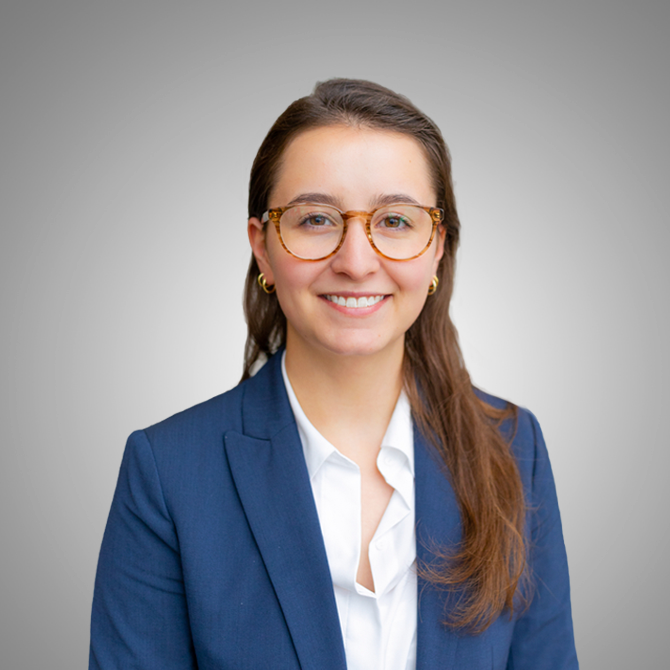
Ashley Holland is a technical advisor and law clerk at Suiter Swantz IP. Ashley received her B.A. in Chemistry and minor in Physics from the University of Nebraska-Lincoln.
Ashley currently attends Creighton University School of Law and is expected to receive her Juris Doctor May 2021.
Suiter Swantz IP is a full-service intellectual property law firm providing client-centric patent, trademark, and copyright services. If you need assistance with an intellectual property matter and would like to speak with one of our attorneys, please contact us at info@suiter.com.
Celebrating International Coffee Day and The Intellectual Property Behind It
Every year on International Coffee Day, millions of coffee lovers from around the world get a chance to celebrate their love and the history behind their favorite cup of joe
With the average coffee drinker drinking 3.1 cups of coffee each day, there's a reason why there's a day dedicated to the caffeinated classic.
The history of International Coffee Day started in Milan under the International Coffee Organization. The organization agreed that every year the world would come together to celebrate coffee. The day also recognizes the millions of people - from farmers to roasters, baristas, and coffee shop owners - who work hard to create and serve the beverage.
Beyond grabbing some coffee from your favorite shop, Suiter Swantz IP wanted to celebrate by diving into the history of coffee and some patents surrounding the drink.
The history of coffee begins with a legend. It's believed that an Ethiopian herdsman was tending to his goats and noticed that some of them were behaving abnormally and jumping wildly. He realized that the energetic goats were eating small red berries. He tried one himself and felt instantly energized. The berries, he found, could be roasted, ground into small pieces and tossed into hot water to create a brew. From there, the rest was history.
Coffee arrived in Europe first through Turkish slaves in Malta. When coffee found its way to The Republic of Venice, however, it became an unstoppable force. By 1645, coffee houses were all over Italy. Over the next 30 years, coffee became a cultural staple throughout the rest of Europe.
Brazil became the world’s leading coffee producer in the 1800s, at one point producing 80 percent of the world’s beans. Vietnam became the world’s second-largest producer, followed by Colombia and Venezuela. By 1850, every corner of the world was drinking coffee.
Coffee has come a long way since its first discovery. One of the first, coffee-related patents in America was the coffee mill. Created by Thomas Bruff in 1798, the mill had "teeth" that ground the beans to create coffee grounds. Since then, coffee grinders have improved and can be seen in both standard kitchens and in coffee shops.
One of the first coffee makers was created by Sir Benjamin Thompson around 1810. This coffee maker was improved upon and patented by James H. Nason in 1865. The percolator-type maker used a downward flow method to allow steam and aromas to remain in the coffee pot, which allowed for a stronger coffee flavor.
While there have been many advancements in coffee brewing technology, there has been significant growth in coffee shops in America, too. A popular coffee shop chain is Starbucks. Their signature mermaid logo was trademarked in 1971 and is still used today. You can even visit the first Starbucks coffee shop in Seattle's Pike Place Market.
Whether you prefer a dark roast, iced, or extra sweet, take time to appreciate coffee's history and the inventions behind the infamous drink.

_________________________________________________________________
Suiter Swantz IP is a full-service intellectual property law firm providing client-centric patent, trademark, and copyright services. If you need assistance with an intellectual property matter and would like to speak with one of our attorneys, please contact us at info@suiter.com.
The United States Patent and Trademark Office Fire of 1877
On this day in 1877, the United States Patent and Trademark Office caught fire. While the building was repaired, the fire remains an important part of USPTO history.
The fire at the USPTO office on September 24, 1877, in Washington D.C. erupted and destroyed 80,000 models and 600,000 drawings. Luckily, no patents were completely lost. While the building was constructed to be fireproof, many of it's contents were not. This fire is one of several disastrous fires at the USPTO.
While the fire began in the room that held the patent models, it is not known why the fire started. One guess is that it was a combination of collected chemical fumes creating a potential fire hazard. The office held a considerable amount of flammable material and the roof was constructed of wood, which led the fire to move quickly throughout the building. A model of the original Eli Whitney cotton gin was among the models destroyed.
This fire was more far more destructive than the first USPTO fire in 1836. The 1836 fire destroyed the patent office and an estimated 10,000 patents were destroyed.
The models destroyed in 1877 included metal-working machines, agricultural implements, carriages, and wood-working machines. In the south and west wings of the office, there were 100,000 models that were not damaged. In spite of the losses from the fire, there were duplicates of drawings and no patents were damaged. Despite the loss of the upper floors, the patent office soon reopened.
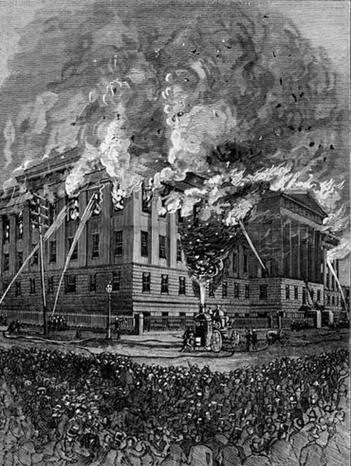
Suiter Swantz IP is a full-service intellectual property law firm providing client-centric patent, trademark, and copyright services. If you need assistance with an intellectual property matter and would like to speak with one of our attorneys, please contact us at info@suiter.com.
Falling Into Fall-Themed Patents
For many, Fall means decorating homes with pumpkins and mums, marveling at the changing leaves, and researching new soup recipes to prepare for the cooler weather ahead.
For others, the new season is all about cozy scarves and delicious pies. At Suiter Swantz IP, our patent attorneys are excited to highlight some classic Fall-themed patents you might not have thought of that associate with this time of year.
1. The Rake
As the leaves change, raking leaves become a chore. But with the help of some of these inventors, raking has become easier. One of the first rakes to be issued a patent was invented by Edmund Brown in 1874 (U.S. Patent No. 148,660). This rake was comprised of a bamboo handle and metal teeth. Brown noted other rakes were continually “clogged by the refuse matter which they collect,” which led to the user removing the debris from the rake by hand. Brown’s rake was able to maneuver the debris more conveniently with the “automatic clearing attachment for iron-tooth door-yard rakes." This attachment removed "all matter that may be collected between the teeth by simply raising the rake from the ground.”
One of the more popular rakes still used today was invented by C.J. Rocquin and patented in 1929 (U.S. Patent No. 1,706,547). This invention was one of the first rakes that was able to be "manufactured with a minimum number of parts quickly." The way this rake was structured also made replacing any broken teeth of the rake easier, which was a marketable convenience at the time. Rocquin was later granted five additional patents for improvements in rakes and other tools.
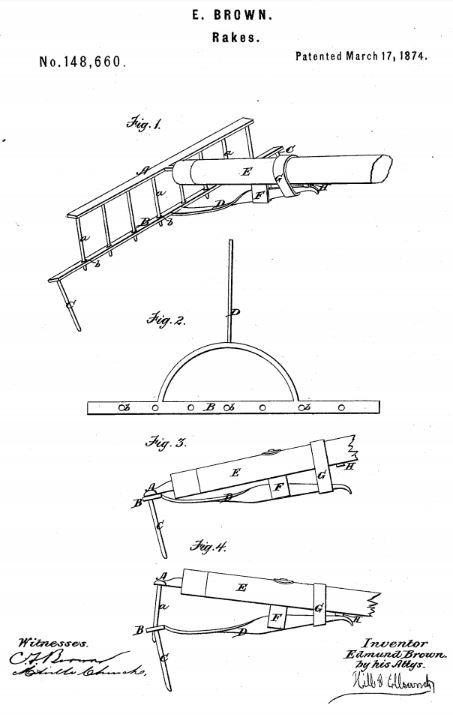
Football Helmet
It is common for football fans to gather at fields and stadiums to watch this classic fall sport. In the hopes of creating safer and better football equipment, John T. Riddell invented and perfected the first plastic suspension helmet in 1939 (U.S. Patent No. 229330A). Riddell’s helmet replaced the formerly used soft leather helmets with a plastic shell and webbed suspension that could absorb some of the impacts to the head when a player was struck on the field.
If that name sounds familiar, it’s because the company Riddell founded still dominates the industry today. In the hopes of encouraging more innovation and better prevention of head injuries, the NFL revoked his exclusive branding rights as “the official helmet of the NFL” at the end of the 2013 season. Today, you can see Riddell’s equipment on football fields protecting every level of player and dominating the sports equipment industry. See if you can spot the name next time you watch a game!
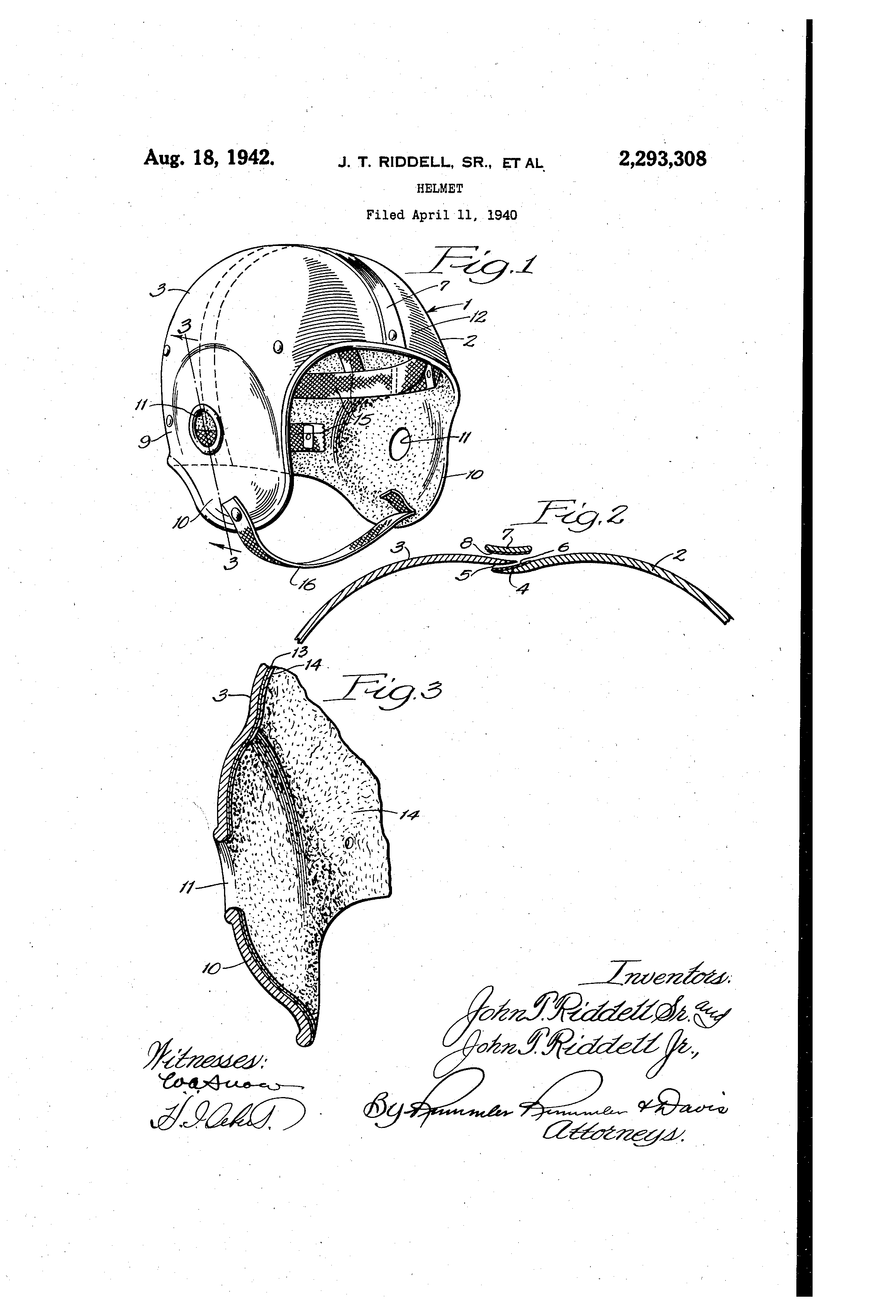
3. Caramel Apple Making Machine
The caramel apple is a sticky and sweet treat enjoyed by many during the fall months. Whether you buy them at the pumpkin patch or make them at home, they’re sure to satisfy your sweet tooth. Caramel apples were first created with leftover candy when Kraft Foods employee, Dan Walker, discovered the recipe while experimenting with leftover caramels from Halloween. He melted them down, added apples, and the rest was history. While caramel apples were first created by hand, Vito Raimondi made and patented the first caramel apple machine in 1960. Raimondi’s machine allowed for an easier and quicker way to dip apples into the caramel. The machine included seven “work stations.” The second work station inserted the stick into each apple while the fourth station coated the apples into caramel. The last station coats each caramel-coated apple in nuts, candies, or other toppings.
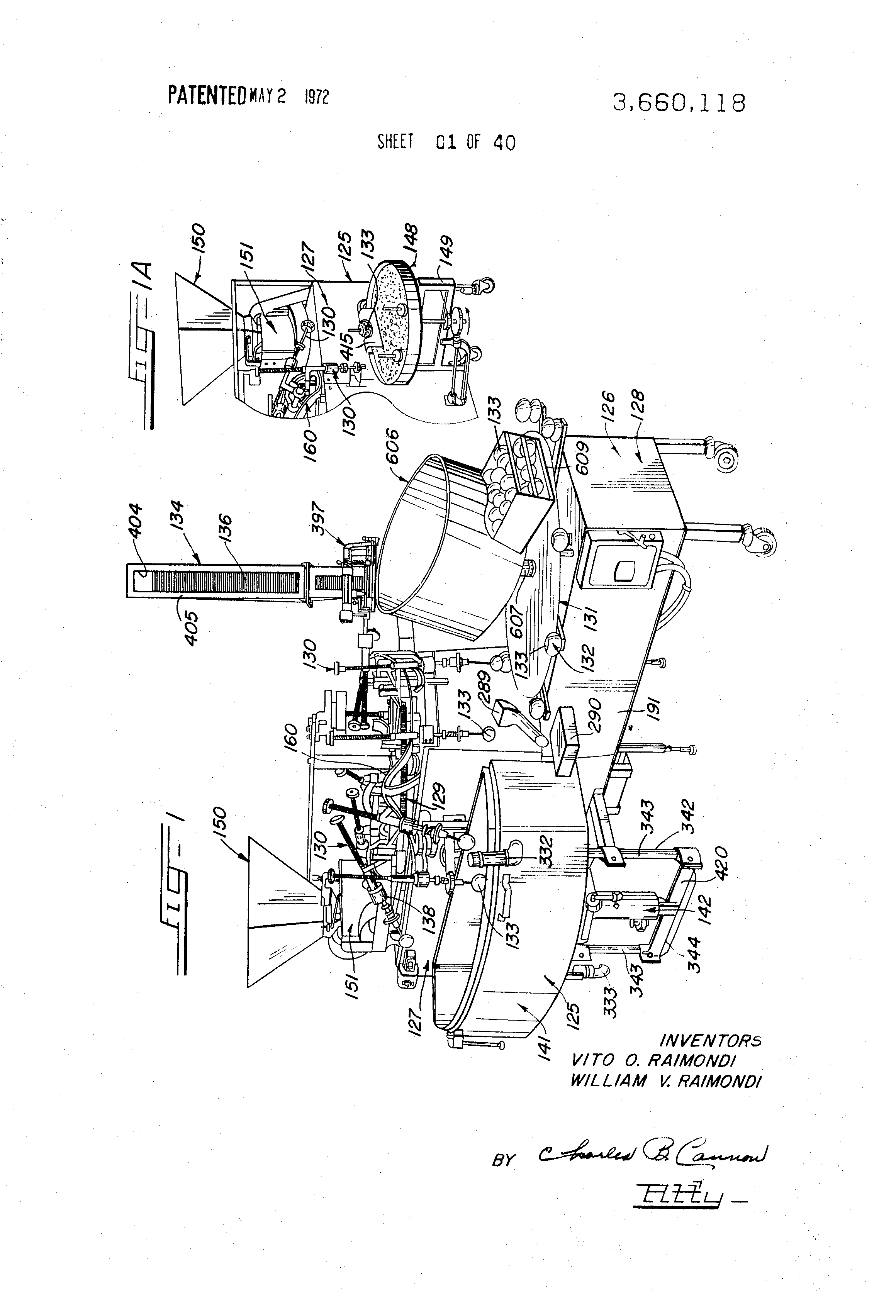 However you choose to celebrate the autumn months, Suiter Swantz IP hopes you are able to enjoy the crisp weather and all of what the autumn months offer with your fall-themed patents.
However you choose to celebrate the autumn months, Suiter Swantz IP hopes you are able to enjoy the crisp weather and all of what the autumn months offer with your fall-themed patents.
Suiter Swantz IP is a full-service intellectual property law firm providing client-centric patent, trademark, and copyright services. If you need assistance with an intellectual property matter and would like to speak with one of our attorneys, please contact us at info@suiter.com.
Suiter Swantz IP Adds Three New Attorneys
Suiter Swantz IP is thrilled to announce the addition of three new attorneys to their legal team.
Patent attorneys Troy Anderson and Elizabeth Foley and attorney Ben Smith were officially sworn in on Tuesday, September 15, 2020 allowing them to practice in the state of Nebraska.
Troy Anderson is a May 2020 graduate from the University of Nebraska Lincoln College of Law. Additionally, he holds a Ph.D and M.S. in Optics from the College of Optics at the University of Central Florida. Troy has been awarded for his legal writing abilities by receiving the Silver Quill Award from the Nebraska State Bar Association and the McGrath North Excellence in Legal Writing Award.

Elizabeth Foley graduated from Creighton University School of Law in May 2020. She holds a Bachelor's degree in Chemistry from Creighton University and worked as a law clerk at Suiter Swantz IP for the past two years. She brings an impressive background of achievements and involvements to the law team, including being a contributing writer on the Creighton International and Comparative Law Journal.

Ben Smith is a May 2020 graduate from the University of Nebraska College of Law. He holds his Bachelor's degree in Mechanical Engineering from the University of Nebraska Lincoln and has held a clerkship at Suiter Swantz IP for the past two years. Ben recently got married and is now preparing to take the patent bar exam.
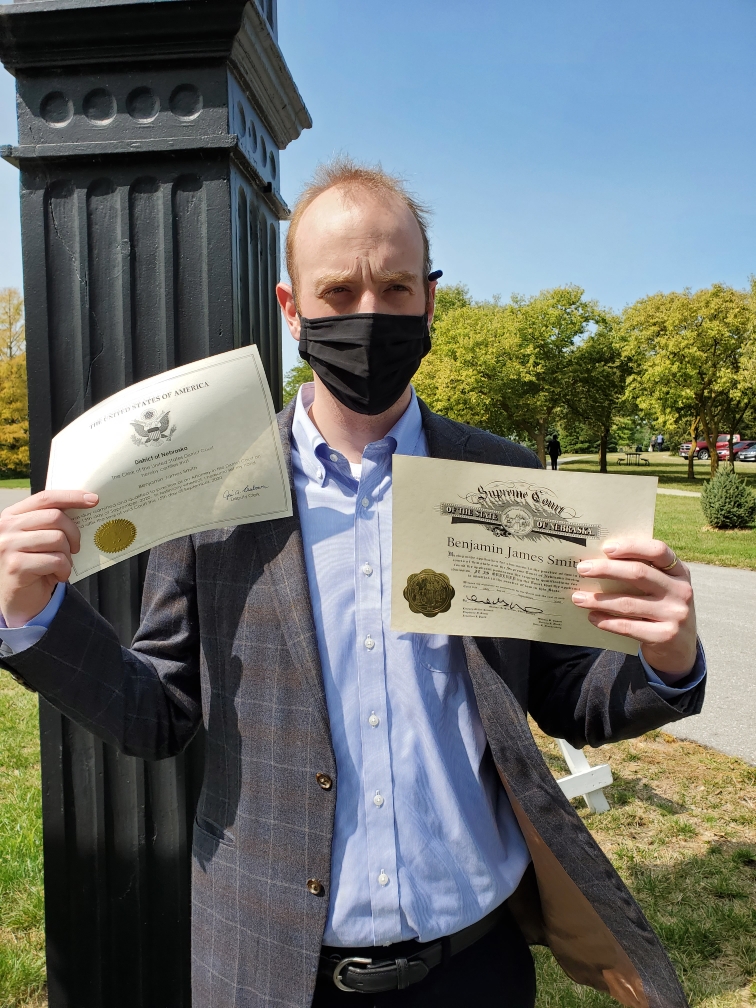
Suiter Swantz IP is excited to have these three attorneys join the team. Everyone is looking forward to their legal contributions, insight and perspective they will provide to our staff and clients.
Suiter Swantz IP is a full-service intellectual property law firm providing client-centric patent, trademark, and copyright services. If you need assistance with an intellectual property matter and would like to speak with one of our attorneys, please contact us at info@suiter.com.
First U.S. Patent Issued Today In 1790
On July 31, 1790, Samuel Hopkins was granted the first U.S. patent when he created a better way to make potash, a versatile chemical used in American exports.
Potash is an impure form of potassium carbonate, mixed with other potassium salts. Often referred to as "black gold," it was vital to America's economy and an important export as it was used in baking, fertilizer, making of glass, gunpowder, soap, and woolen cloth.
Hopkins discovered how to produce a greater volume of higher-quality potash by burning raw ashes in a furnace of his own design, and then dissolving and boiling the ashes in water.
Many farmers liked Hopkins' method, but they could not afford the licensing costs as potash was only a part-time venture for most. Hopkins did build potash furnaces for several landowners, but he never made a profit.
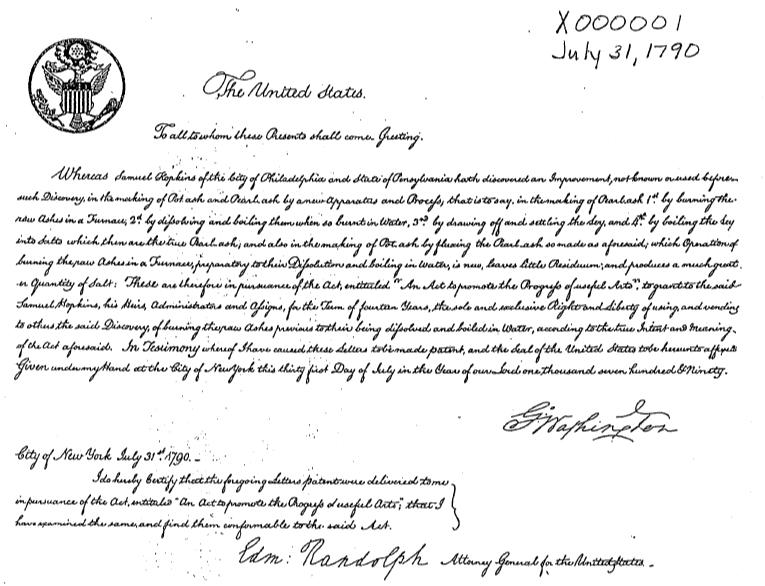
Hopkins's application required a written description, drawing, and a model of the invention. These needed to be sufficient to allow a skilled workman to make and use the invention. The public would benefit from the patent, if approved, until the patent's expiration after 14 years.
Thanks to Hopkins, the United States remained the world's leading producer of potash until the 1860s. While his only invention, Hopkins made a lasting impression on American and patent history.
Suiter Swantz IP is a full-service intellectual property law firm providing client-centric patent, trademark, and copyright services. If you need assistance with an intellectual property matter and would like to speak with one of our attorneys, please contact us at info@suiter.com.
Independence Day Innovations
We’re all familiar with the typical fanfare that unfolds on the Fourth of July—barbecues, pool parties, and fireworks, and all things grilled and chilled. To kick off the summer celebration, we are highlighting a few favorite inventions that make Independence Day a summertime tradition.
The Fourth of July marks the anniversary of the birth of America. Whether you celebrate with hot dogs and sparklers or use the day to reflect on America's triumphs and achievements, the day is filled with some favorite innovations.
Bomb Pop
The summertime treat found in ice-cream trucks and freezers, with its iconic red-white-and-blue color scheme, was born in July back in 1955. The rocket-shaped pop was co-created by D.S. "Doc" Abernathy and James S. Merritt for Kansas City, Missouri's Merritt Foods. At the time, the idea of the popsicle had already been invented 50 years earlier. However, creating a patriotic treat with three flavors in a unique shape was a new creation for America.
After being re-branded and reacquired by different companies, the Bomb Pop brand now features nine flavors, including the classic patriotic flavor.
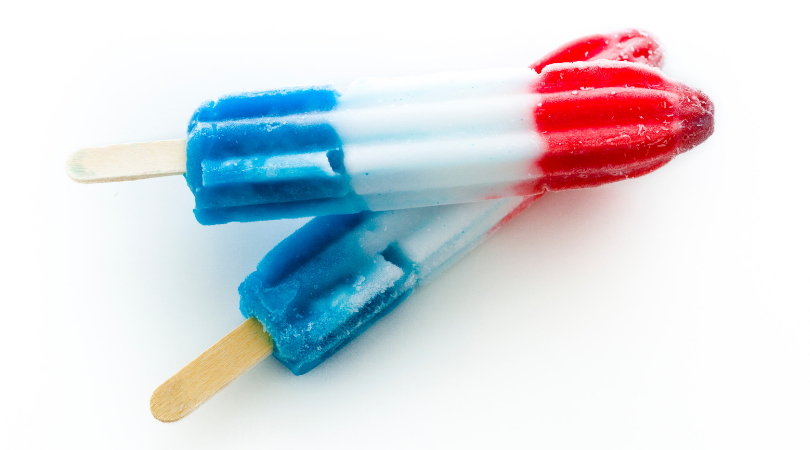
The Super Soaker
If you find yourself getting pelted with water by kids this Fourth of July, you can thank Nuclear Engineer Lonnie G. Johnson.
In 1982, Johnson invented the Super Soaker® while working on a heat pump invention for NASA. When he saw water shoot across the room from a hose that he had attached to a sink, he thought it would be “neat to develop a high-pressure water gun.”
While Lonnie G. Johnson is most known for his invention of the Super Soaker®, he is not a toy-maker by trade. Johnson is a nuclear engineer who worked for NASA and the U.S. Air Force.
When Johnson was interviewed about his invention of the Super Soaker he said, "I knew that if I could create something simple that anyone could appreciate, the revenue from that invention could fund future passions of scientific innovation and entrepreneurship."
It took Johnson more than seven years to bring his water gun prototype to market, but the Super Soaker has since generated more than $1 billion in sales.
Fireworks
For decades, fireworks have been a classic spectacle on Independence Day. While there are numerous types of fireworks, musically choreographed firework displays have become popular among sightseers and firework enthusiasts. These presentations use a Plug-N-Light Musical Firework Apparatus where the fireworks are timed to correspond to certain moments in a music recording.
The complexity of this type of display is typically done professionally. Donald Martin Johnson Jr. invented U.S. Patent No. 20120210897. This patent application includes a multi-shot firework device connected to an audio playback device.
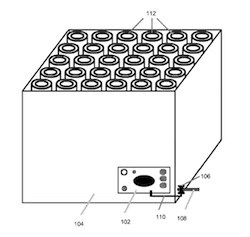
While consumers can purchase a variety of fireworks from retailers, sometimes the firework doesn't work as they intended. Fireworks retailers spend time and money on training staff to be able to communicate how a firework appears, but this still allows some error.
A father and son team, Richard Emmett Feiner II and Richard Emmett Feiner III, created a system, U.S. Patent No. 20130146654, to give consumers some ease when purchasing fireworks. The duo provided videos to users to see how specific fireworks act when ignited. In the system, machine-readable bar codes are included on firework packaging. When scanned, this would retrieve a video file of the firework that can play on a display screen.
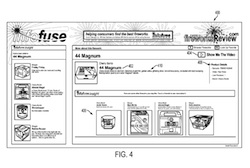
Fire Extinguisher
Grilling? Using sparklers? Keep a bucket of water and a fire extinguisher handy when you're out celebrating. This 1880 patent is for an early version of the fire extinguisher known as a "bottle breaking" extinguisher. This version used the reaction between sodium bicarbonate and sulphuric acid to expel pressurized water into a fire.
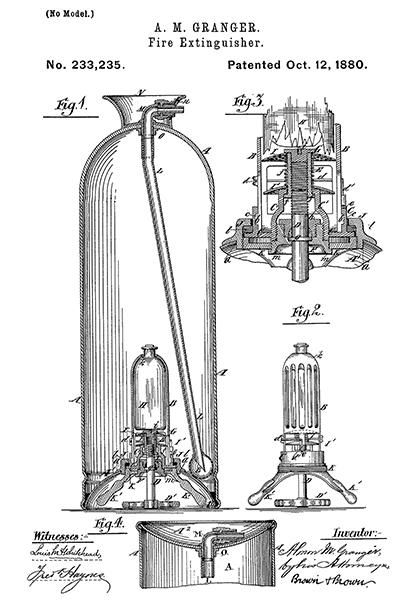
If you find yourself wondering about the intellectual property behind your Independence Day celebration, you can email your questions to info@suiter.com. We're also active on Facebook and Instagram.
However you choose to celebrate, we here at Suiter Swantz IP wish you a safe and happy Fourth of July!
Suiter Swantz IP is a full-service intellectual property law firm providing client-centric patent, trademark, and copyright services. If you need assistance with an intellectual property matter and would like to speak with one of our attorneys, please contact us at info@suiter.com.
To Celebrate Pride Month, Suiter Swantz IP Is Highlighting LGBTQ+ Inventors
As part of June's Pride Month, we're taking a look at some of the most notable contributions and inventions from the LGBTQ+ community. In celebration of these lives and achievements, here are six LGBTQ+ figures who have helped change the world.

Leonardo da Vinci
Leonardo di ser Piero da Vinci, known as Leonardo da Vinci, was a Renaissance painter, sculptor, architect, inventor, military engineer, and draftsman — the epitome of a true Renaissance man. Gifted with a curious mind and a brilliant intellect, da Vinci studied the laws of science and nature, which greatly informed his work. His drawings, paintings, and other works have influenced countless artists and engineers over the centuries.
da Vinci's interest in flight gave him the idea of creating the first design of the parachute. His foundation included a wooden pyramid structure draped with a piece of cloth, which would slow down a person's terminal velocity as they fell. His design was later used to patent the first modern-day parachute in 1783. Many of his inventions, including the parachute, became foundations for later inventions throughout American history.
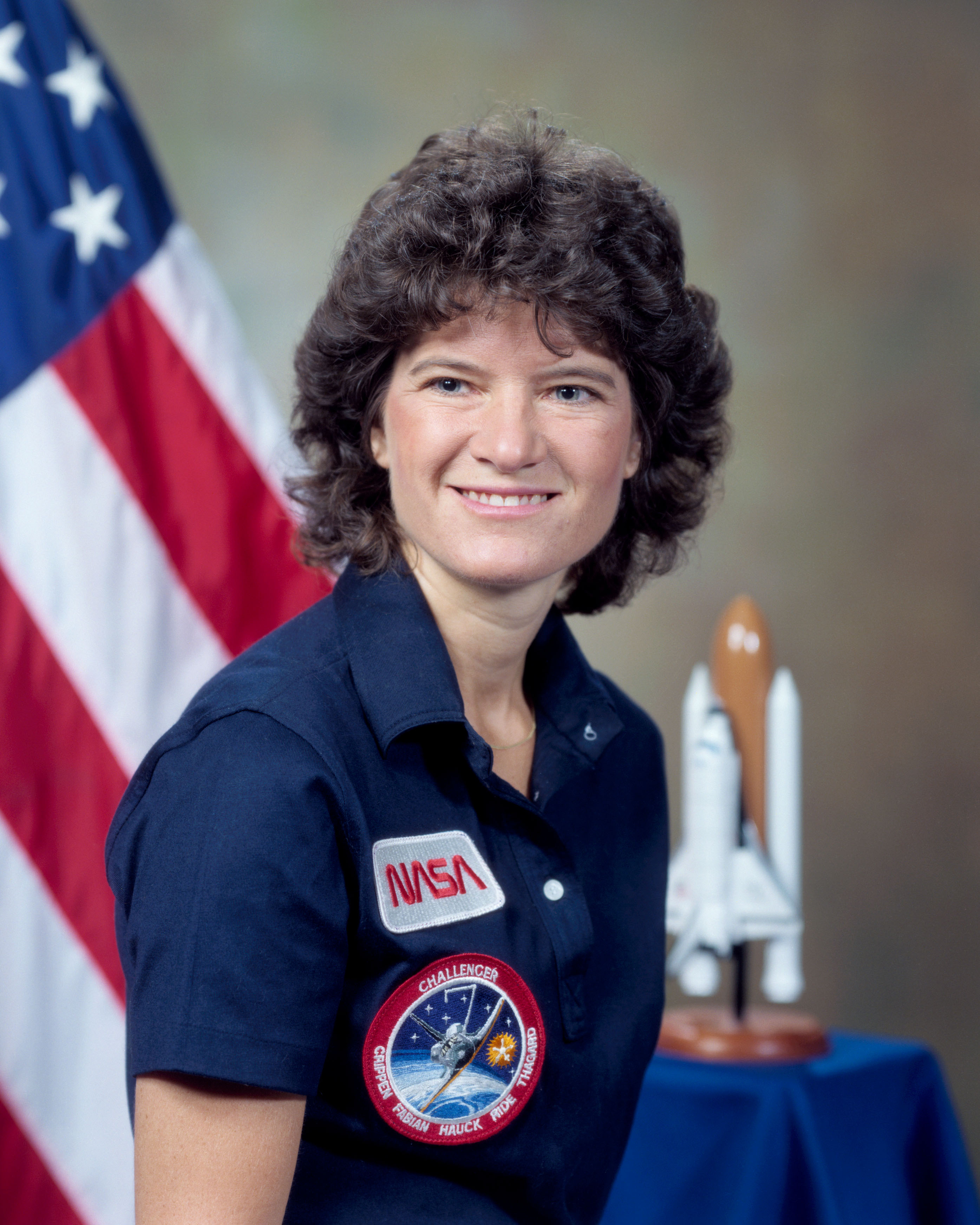
Sally Ride
In 1983, astronaut and astrophysicist, Sally Ride, joined the Challenger space shuttle mission and became the first American woman in space. As a mission specialist, she helped deploy satellites and worked on other projects.
After NASA, Ride became the director of the California Space Institute at the University of California, San Diego, as well as a professor of physics at the school in 1989. In 2001, she started her own company to create educational programs and products known as Sally Ride Science to help inspire girls and young women to pursue their interests in science and math. For her contributions to the field of science and space exploration, Ride received many honors and was inducted into the National Women's Hall of Fame and the Astronaut Hall of Fame.
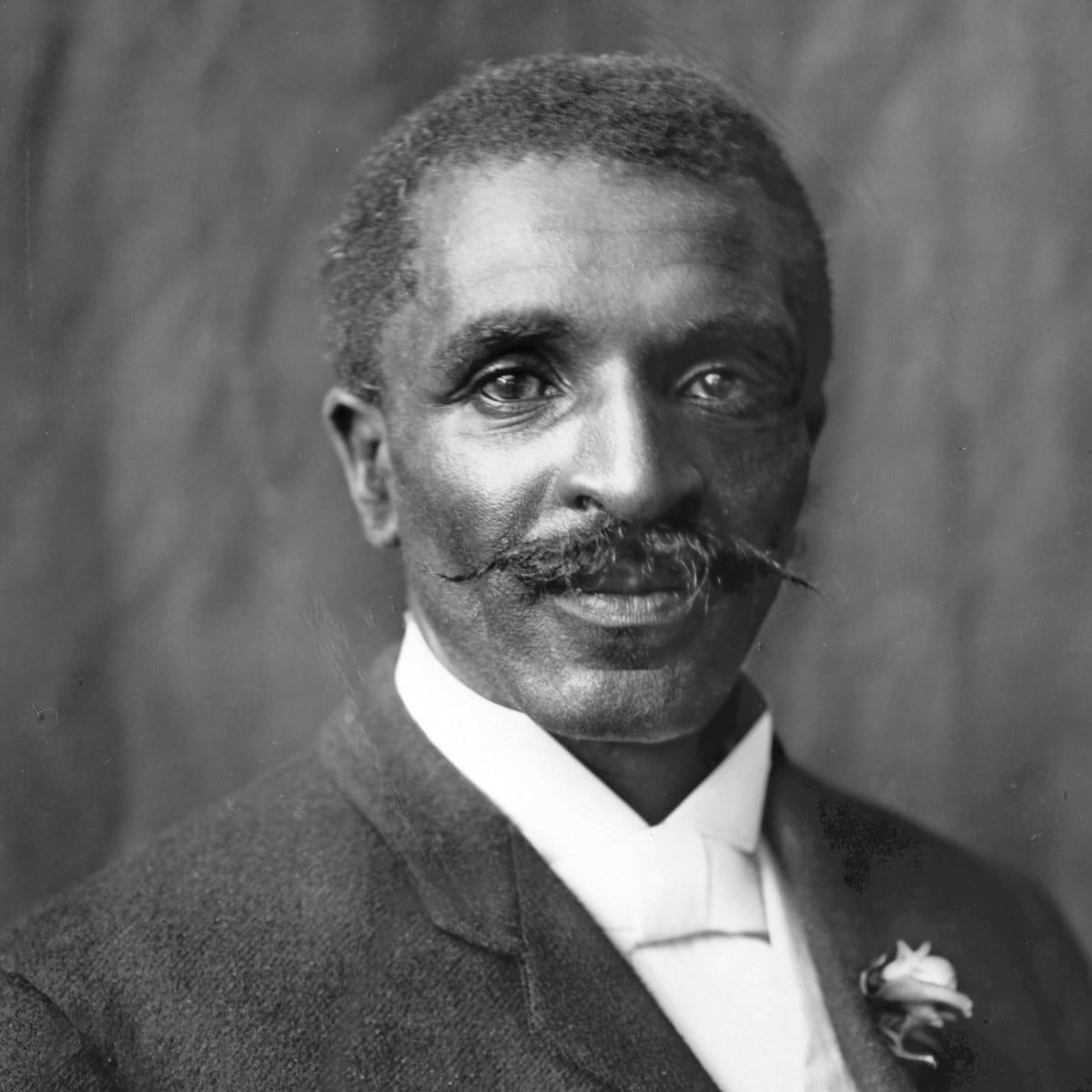
George Washington Carver
George Washington Carver was an agricultural scientist and inventor who developed hundreds of products using peanuts, sweet potatoes, and soybeans. Born a slave a year before slavery was outlawed, Carver left his home to pursue his education. In 1894, Carver became the first African American to earn a Bachelor of Science degree.
Carver had success in the laboratory and the community. In addition to his work with crops, Carver taught farmers about different crop rotation techniques and how to enrich and restore their soil. However, his biggest success came from peanuts. He developed more than 300 food, industrial, and commercial products from peanuts, including cosmetics, soaps, and cooking oils. To commemorate his accomplishments, Carver was inducted into the National Inventors Hall of Fame.
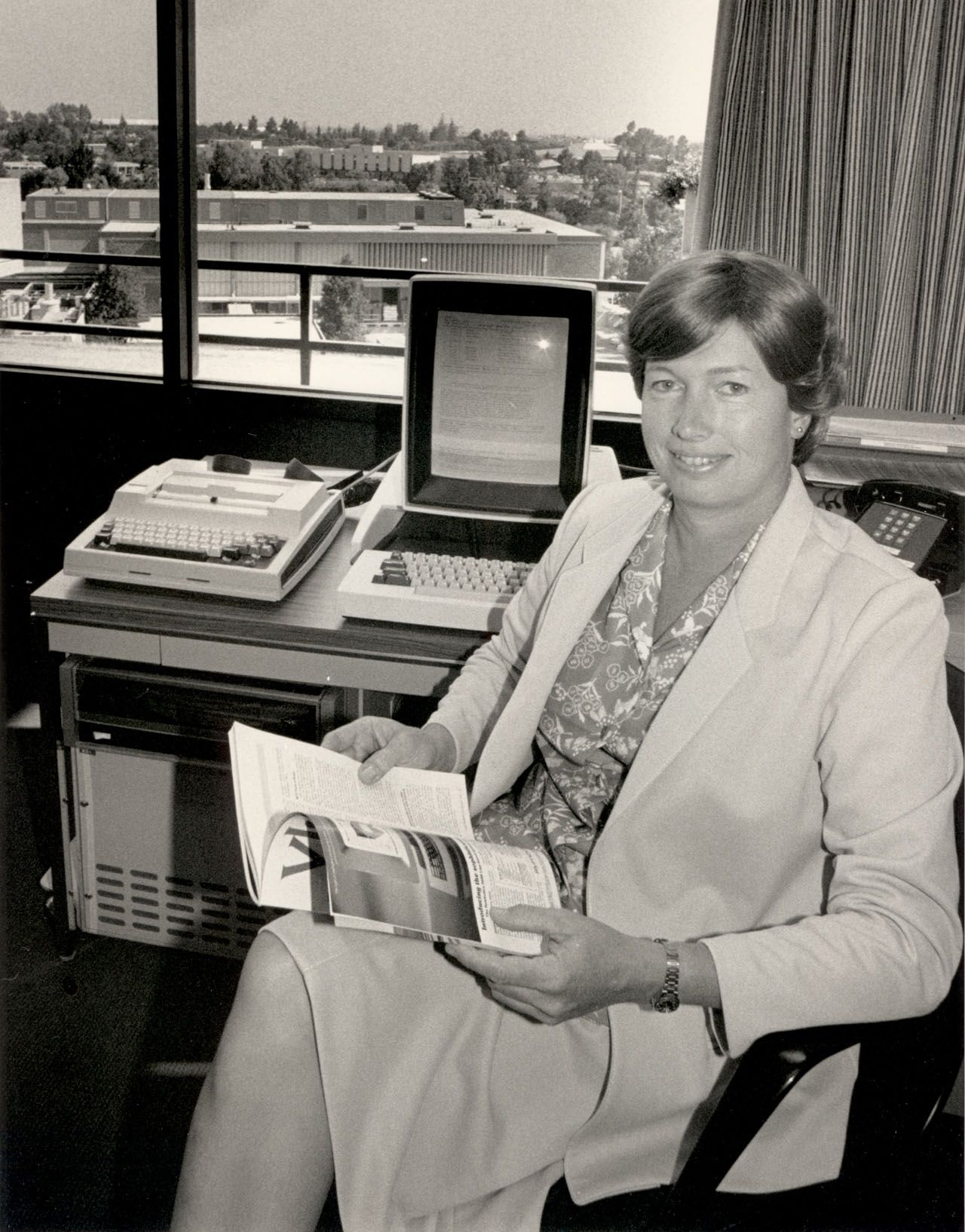
Lynn Conway
Lynn Conway is an American Computer Scientist and is credited with the invention of generalized dynamic instruction handling, a key advance used to improve the computer's performance. Additionally, she invented a dimensionless design that greatly simplified the computer chip design and design tools. As she continued her career, Conway became the Associate Dean of Engineering at the University of Michigan and is a member of the National Academy of Engineering.
Beyond her inventions and teaching, Conway gradually created a transgender advocacy website. Translated into many languages, her site has become a beacon of hope for the LGBTQ+ community.
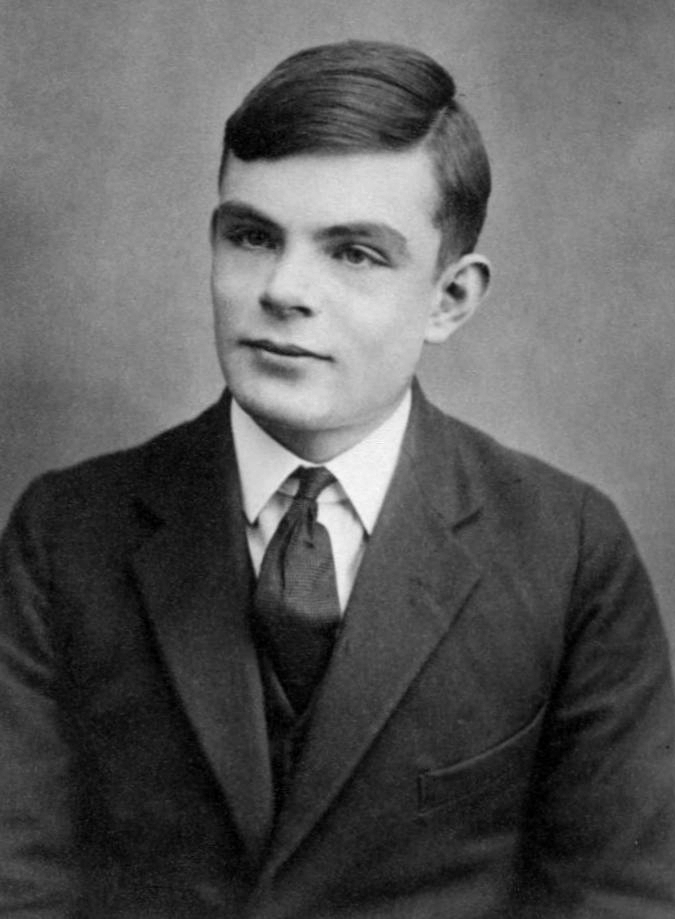
Alan Turing
As an innovative and powerful thinker, Alan Turing had major contributions in philosophy, computer science, artificial intelligence, and cognitive science during the 20th Century. One highlight of his career includes his invention of the Enigma Machine. His machine allowed to decode Nazi Germany’s secret communications, playing a pivotal role in the Allies’ victory of World War II.
Following the war, he used this knowledge to design the Automatic Computing Engine, which was one of the first designs for a stored-program computer. Turing's accomplishments for his vital work in the war and in computers have transformed the modern world and influence the future of technology.
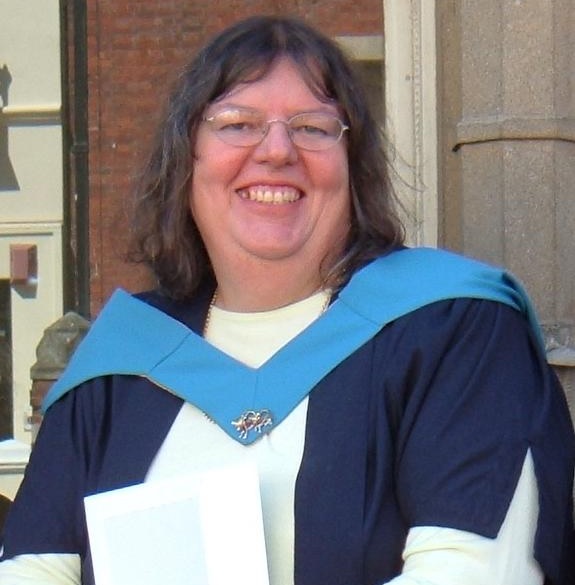
Angela Clayton
Angela Clayton, a physicist and long-time trans rights advocate, is known internationally for her work in various nuclear industry associations related to safety and testing. She's also held several leadership positions focusing on atomic weapons.
She promoted trans rights in the workplace through her work with the UK Trades Union Congress and was involved in the development of the United Kingdom's 2004 Gender Recognition Act. She was awarded the title of Member of the Order of the British Empire (MBE) in 2006 for her services to gender issues.
Suiter Swantz IP is a full-service intellectual property law firm providing client-centric patent, trademark, and copyright services. If you need assistance with an intellectual property matter and would like to speak with one of our attorneys, please contact us at info@suiter.com.
Celebrating International Women In Engineering Day
International Women in Engineering Day celebrates the outstanding achievements of women engineers around the world.
The science of engineering has been responsible for countless developments, many of them created by women. We would like to take this opportunity to showcase some iconic women who have paved the way for others in engineering fields.
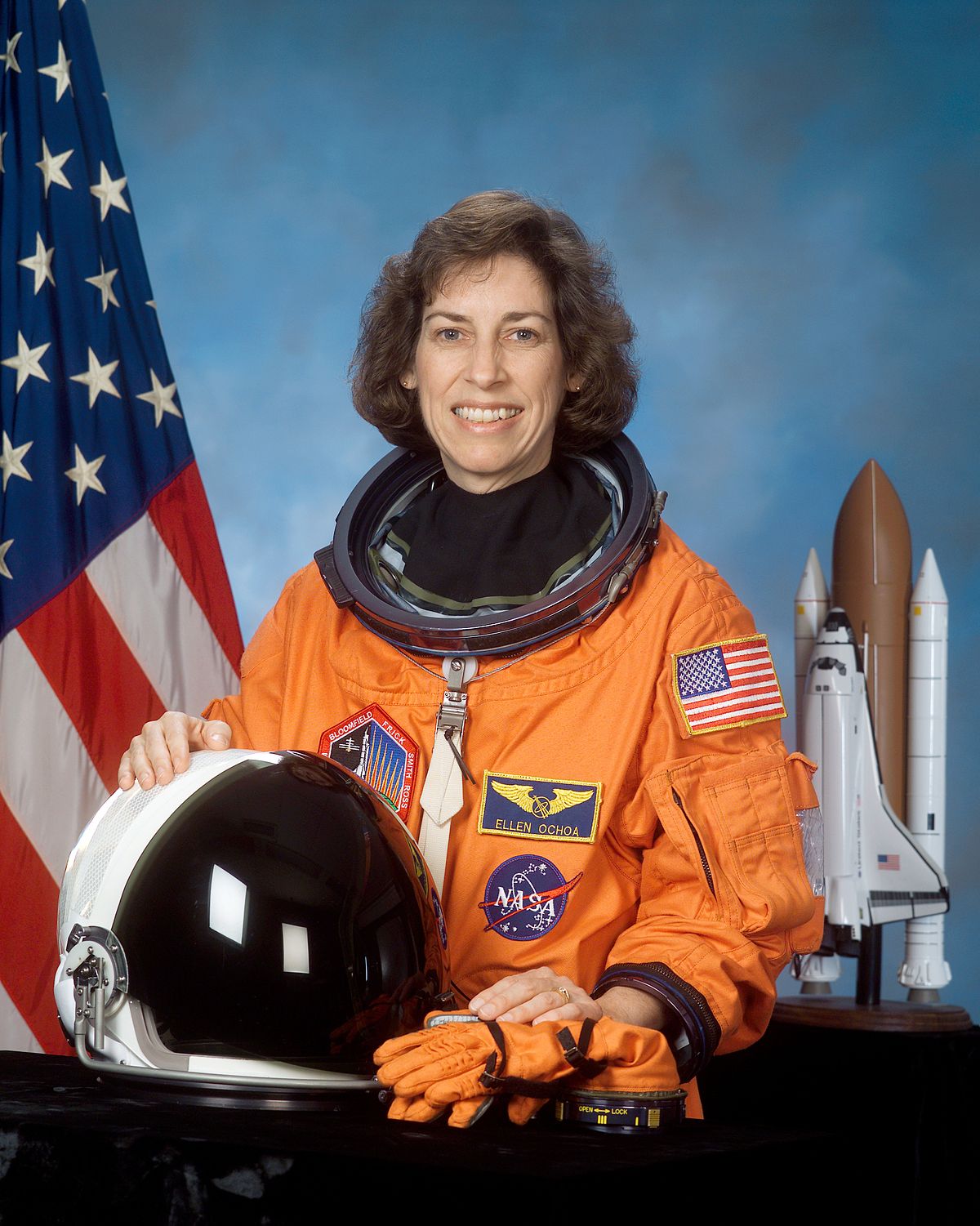
Ellen Ochoa, NASA Engineer
Ellen Ochoa joined NASA in 1988 as a research engineer at Ames Research Center and moved to Johnson Space Center in 1990 when she was selected to be an astronaut. She became the first Hispanic woman to go to space when she served on the nine-day mission on the Discovery space shuttle in 1993. She has since flown to space four times and has logged over 1,000 hours in orbit. Her career with NASA led her to be the Ochoa the 11th director of the Johnson Space Center, making her the center's second female director.
As a research engineer, Ochoa investigated optical systems for performing information processing. Her work has led her to be the author of several technical papers and a co-inventor on three patents, one of them being an optical inspection system. She has been recognized with NASA's highest award, the Distinguished Service Medal.
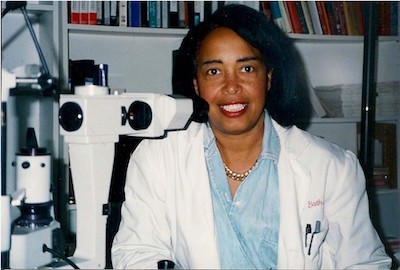
Patricia Bath, Medical Engineer
In medical school, Patricia Bath, took a special interest in combating preventable blindness in unserved populations. In the early 1980s, her work with cataract patients and her related research led her to envision a method of using laser technology to remove cataracts.
In 1981, Bath invented the Laserphaco Probe, a tool used during eye surgery to correct cataracts. Bath's invention was more precise, less invasive, and less risky than previous devices. She later became the first black female doctor to receive a medical patent for the surgical tool. Beyond her invention and research, Bath became a co-founder of the nonprofit American Institute for the Prevention of Blindness. The organization advances optic health through grass-root screenings, treatments, and education.
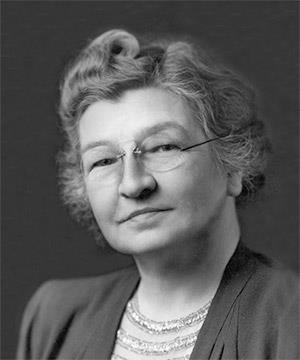
Edith Clarke, Electrical Engineer
Pioneering female electrical engineer, Edith Clarke, invented a graphical calculator that simplified the calculations to determine the electrical characteristics of long electrical transmission lines. Additionally, she developed mathematical methods that simplified and reduced the work of electrical engineers.
Between 1923 and 1945, she published 18 technical papers, two of them winning awards. She spent the end of her career being the first female electrical engineering professor at the University of Texas at Austin.

Kimberly Bryant, Electrical Engineer
As a young girl, Kimberly Bryant developed a passion for math and science. Bryant held a professional career in the pharmaceutical and biotech industries as an engineering manager. However, she wanted to change the future for girls of color interested in the technology field.
In 2011, Bryant created Black Girls Code. The organization aims to change the face of technology by introducing programming and technology to a new generation of computer coders. Since it's creation, Black Girls Code is now an international organization with seven chapters spanning across the United States and into South Africa. In 2015, Black Girls Code had nearly doubled in size.
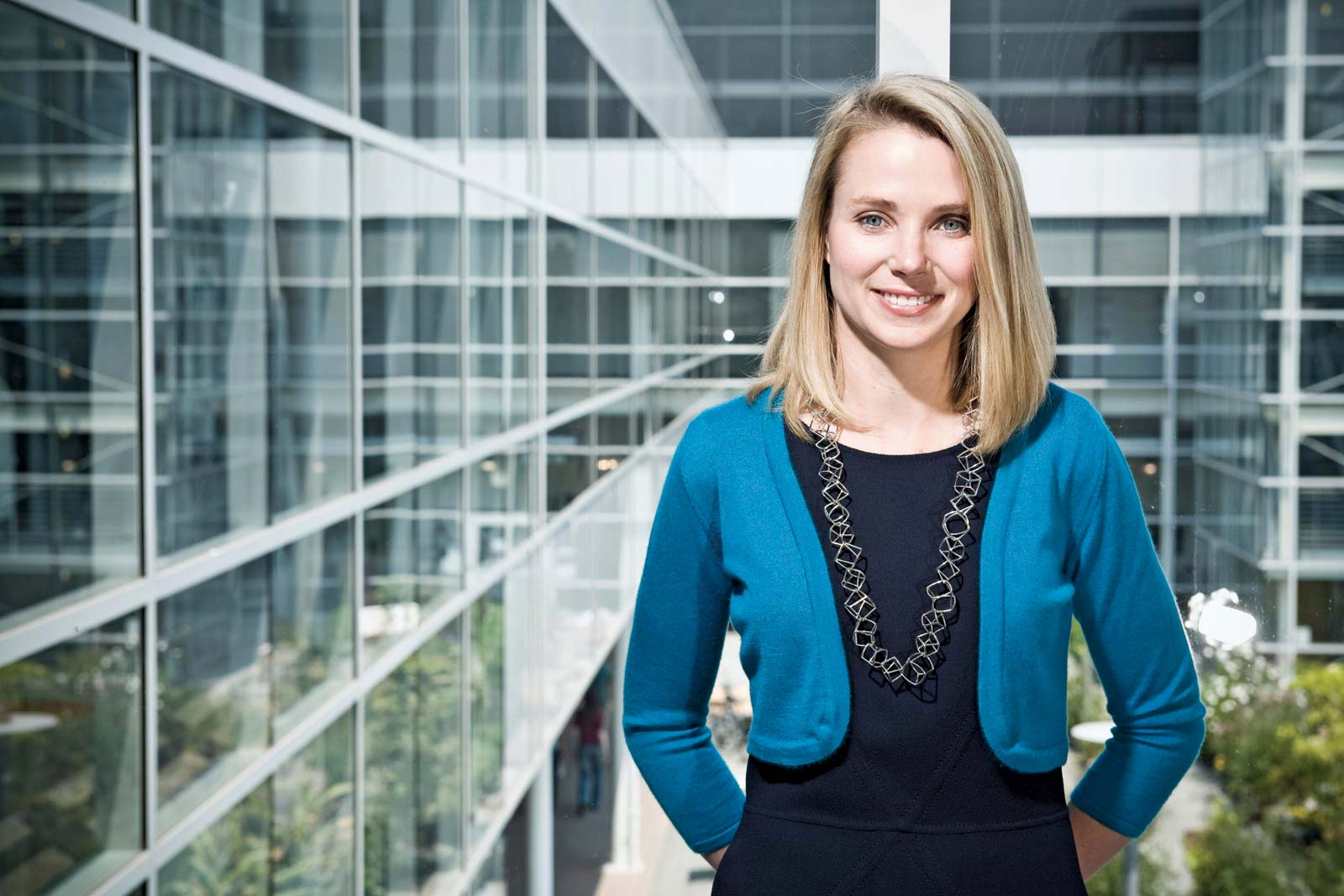
Marissa Mayer, Software Engineer
Marissa Mayer, a software engineer and businesswoman, has greatly influenced the development of Google Inc and Yahoo! Inc.
At Google, Mayer designed the search interface of the search engine's homepage. She was credited with increasing the number of daily searches from a few hundred thousand to more than a billion. Other services she contributed to include Gmail, Google Chrome, and Google Earth. Additionally, Mayer helped create a number of patented inventions, including a program that searches saved articles.
In 2012, Mayer signed on to Yahoo! to help revitalize the company, including the redesign of the company's homepage. She continues to serve on the boards of nonprofit and for-profit enterprises.
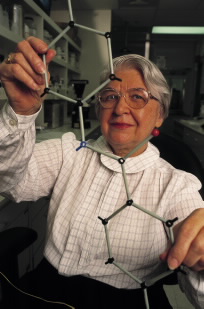
Stephanie Kwolek, Chemical Engineer
While Stephanie Kwolnek had her eye on going to medical school, she realized she had a stronger interest in polymer research and was determined to find the next generation of fibers that could withstand extreme conditions. Her research led her to discover industrial fibers that today protect and save thousands of lives. Most notably, the fibers are used in bulletproof vests, helmets, and protective gloves.
She headed polymer research at DuPont's Pioneering Lab until her retirement in 1986. To encourage the next generation of chemists, Kwolnek served as a mentor for other women scientists and participated in programs that introduce young children to science.
For more details and ways to celebrate International Women in Engineering Day visit the INWED's website.
Suiter Swantz IP is a full-service intellectual property law firm providing client-centric patent, trademark, and copyright services. If you need assistance with an intellectual property matter and would like to speak with one of our attorneys, please contact us at info@suiter.com.
Suiter Swantz IP Welcomes Summer Content Marketing Intern Grace Bradford
Grace Bradford has joined Suiter Swantz IP as our Content Marketing Intern for the summer.
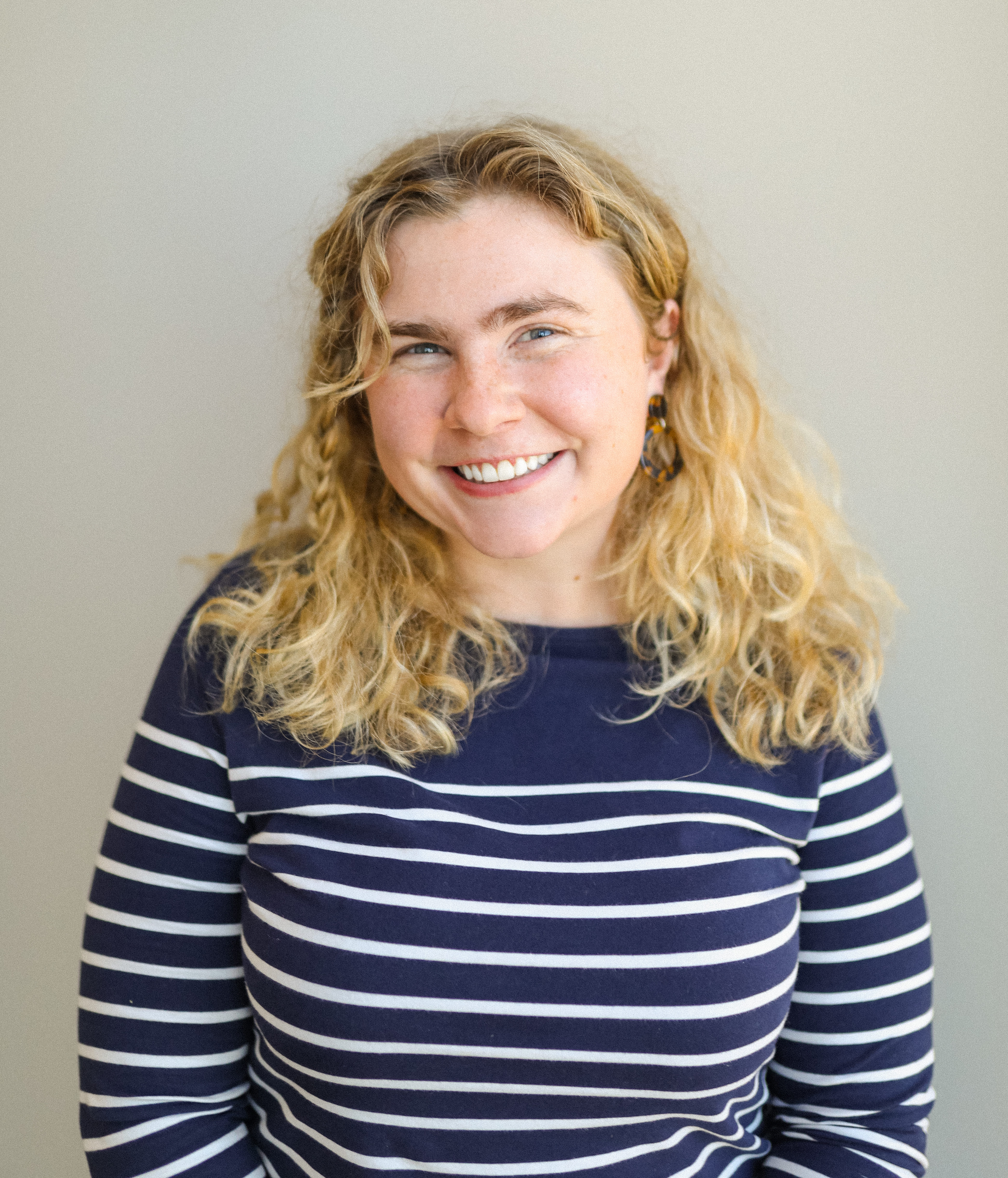
Grace is a recent graduate from the University of Nebraska Lincoln. Grace holds a Bachelor of Journalism in Journalism and Advertising and Public Relations and a minor in Women and Gender Studies.
Grace has experience in nonprofit marketing, content development, public relations and writing copy for small businesses and brands.
Throughout the summer, Grace looks forward to learning more about marketing and using her creativity to best showcase a business. She is also interested in learning more about intellectual property rights and the copyrighting process.
Outside of work, Grace enjoys traveling, spending time outside, painting and gardening.
Suiter Swantz IP is a full-service intellectual property law firm providing client-centric patent, trademark, and copyright services. If you need assistance with an intellectual property matter and would like to speak with one of our attorneys, please contact us at info@suiter.com.
5 Fun In The Sun Patents
Whether you're cooling down with some trademarked treats or barbecuing with a patented grill, this season you're bound to be surrounded by summer-themed intellectual property (IP).
Summer is a season to relax and unwind and the United States Patent and Trademark Office (USPTO) has issued many classic patents that make any summer fun! To kick-off summer, we've put together 5 of the most classic summer patents.
1.The Weber Grill
The long, hot days of the summer months are perfect for grilling food with friends and family. While there are various varieties and sizes of grills now, George Stephen Jr. is credited as the first inventor of the charcoal grill. Stephen Jr., once a welder at Weber Brother Metal Works, primarily welded spears together to make marine buoys.
In 1952, Stephen split a buoy in half to make a dome-shape. He then welded legs on the lower half and added holes to allow the flow of oxygen needed to maintain a fire. This unique design and technology proved to be more efficient and easier to maintain than other grills while offering better charcoal temperature control and enhancing the flavor of grilled food. In 1959, the Weber Brothers Metal Works was acquired by Stephen Sr., and fifteen years later he was granted U.S. Patent No. 3,330,266 for the Barbecue Vessel.
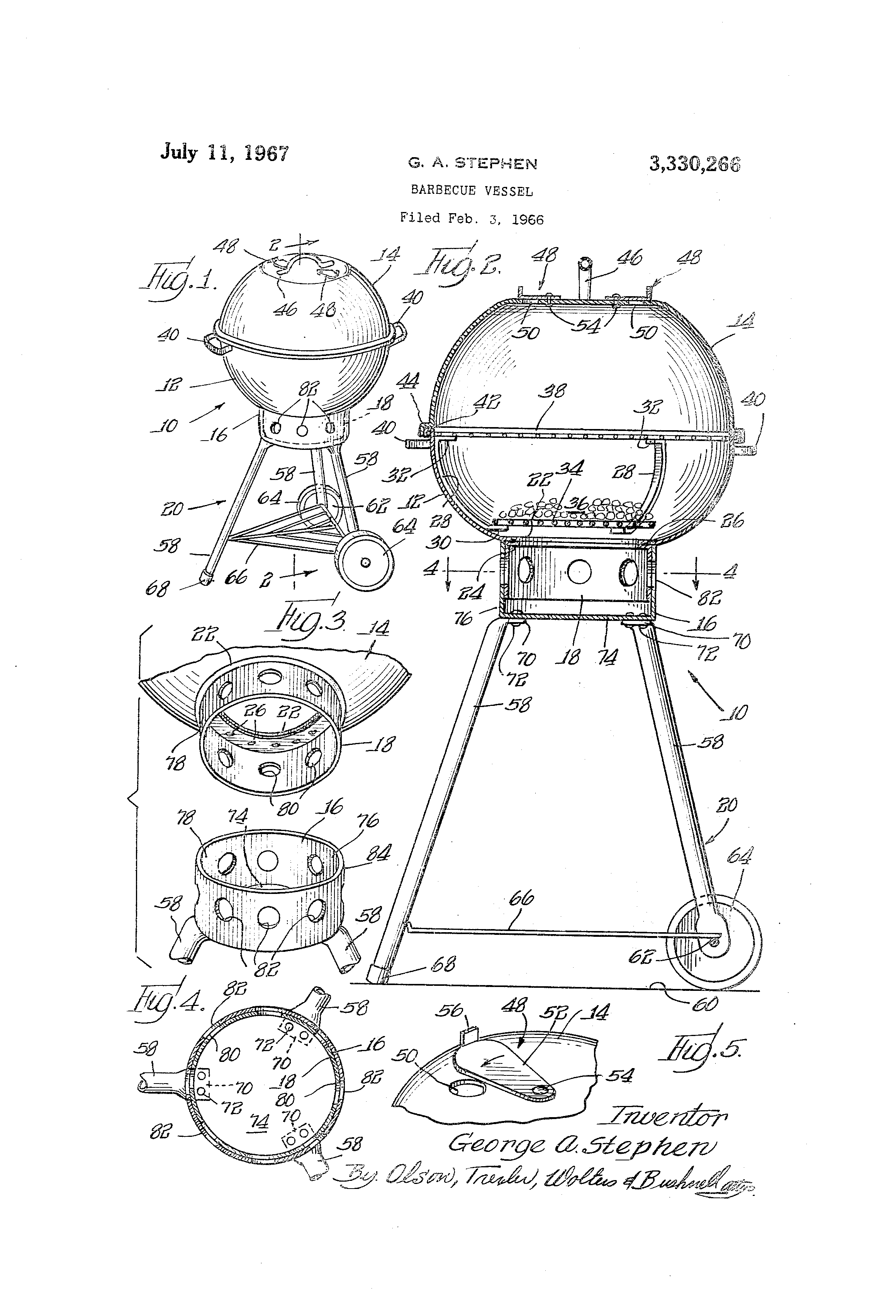
2. Popsicle (U.S. Patent Number 1,505,592)
In 1905, an 11-year-old named Frank Epperson invented the first Popsicle ice pop, by accident! After being outside, Frank left his cup of soda with the stirring stick in out on the porch. The next morning, he found his drink froze. Frank called his creation the "Epsicle." His invention became popular with his friends, and later on, his own kids who began calling it "Pop's 'sicle." Frank patented the name in 1923 to share his Popsicle ice pops with the world. Now, there are 15 varieties of Popsicles, and six different flavors.
3. Sunscreen
Whether you're in the pool or laying out catching rays, chances are you've used a variety of different sunscreen patents and trademarks. The earliest forms of sun protection came from plant extracts. Ancient Egyptians used extracts of jasmine, rice, and lupine plants, while early Greek civilizations used olive oil.
One of the first popular sunscreen products was invented for the United States military in 1944 by Florida airman and pharmacist, Benjamin Green. Green's patented "Red Vet Pet" helped protect soldiers from the hazards of overexposure to the sun during World War II in the Pacific tropics. His patent was later acquired by Coppertone, which later improved and marketed it as brands like "Coppertone Girl" and "Bain de Soleil" in the early 1950s.
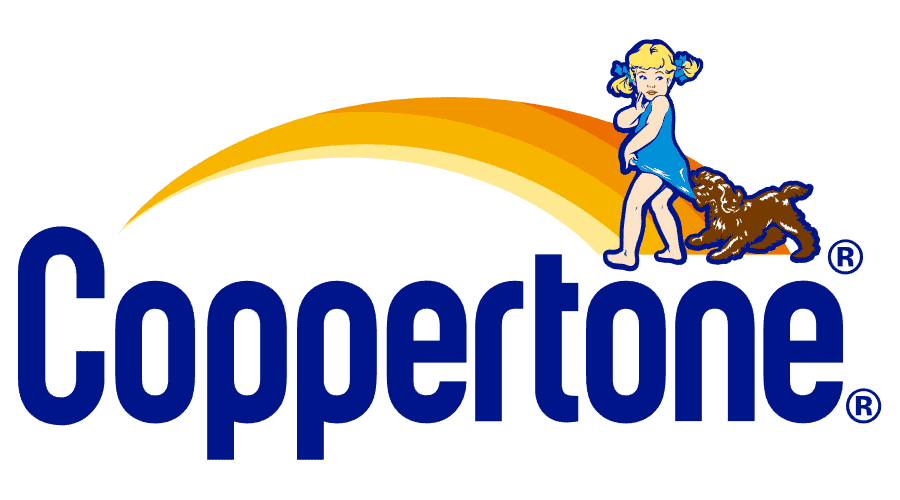
4. Aquatic Play Equipment (U.S. Patent Number 2,982,547)
In 1960, Robert Carrier applied for a patent on the "Aquatic Play Equipment" that would eventually be marketed by Wham-O as the Slip 'n Slide in 1961. The slide was inspired by the long, durable-yet-flexible design of the filmstrip, and invented to turn an activity people were already doing into a user-friendly product. According to Carrier's patent application, Carrier wanted to improve the activity of body planing. Body planing, Carrier explained, referred to the practice of hurling oneself into shallow water and gliding across a slick coat of mud. To make the activity safer, he created a soft, smooth, and water-lubricated aquatic device. Brutal but exhilarating, the beloved roll-out backyard slide is still a beloved summer activity.
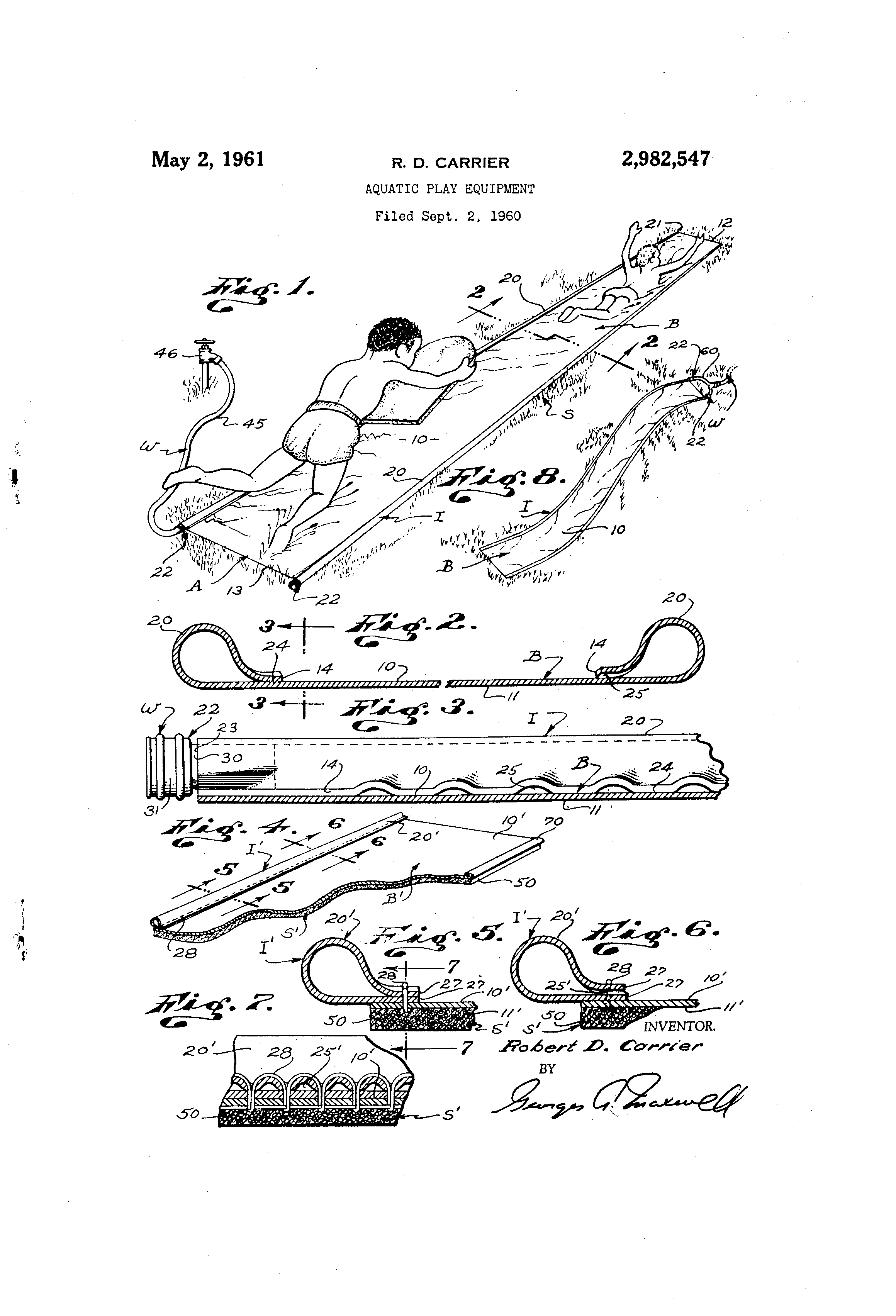
5. Ice Cream Scoop (U.S. Patent Number 576,395)
While working at a drugstore and hotel, Alfred L. Cralle noticed how ice cream servers struggled to transfer ice cream from its container into cones for customers. Thus, Cralle created the ice cream scoop, originally called the Ice Cream Mold and Disher. It was designed to be strong, inexpensive, and easy to operate with one hand. It had no moving parts that could break or malfunction. While originally made for ice cream parlors and restaurants, it quickly became used by the general public around the country. His invention was patented in 1897, and still used during hot days when you want to get that picture-perfect scoop.
Suiter Swantz IP is a full-service intellectual property law firm providing client-centric patent, trademark, and copyright services. If you need assistance with an intellectual property matter and would like to speak with one of our attorneys, please contact us at info@suiter.com.
Thomas Edison's Electric Vote Recorder
On June 1, 1869, Thomas Edison was granted a patent for the Electric Vote Recorder, U.S. Patent No. 90,646.
While he is known for inventing the light bulb and the phonograph, Thomas Edison is also the face behind an invention that could have changed the course of American history. At the age of 22, Edison was recently fired from a telegraph operating job. This event propelled him to work on what would become his first patented invention, the electric vote recorder.
The machine was designed to record ballots with the help of a simple switch and an electric current. Each legislator would move a switch to either a "yes" or "no" position, sending an electric current to the device at the clerk's desk. After voting was completed, the clerk would place a chemically treated piece of paper on top of the metal type and run a metal roller over it. The current would cause the chemicals in the paper to dissolve on the side for which the vote should be recorded. "Yes" and "no" wheels kept track of the vote totals and tabulated the results. The invention was to make the voting process easier and faster as the slow pace of roll call voting enabled members to filibuster legislation and convince others to change their votes.
Unfortunately, Edison's machine might've been too ahead of its time. Dewitt Roberts, a telegrapher and Edison's colleague, purchased an interest patent of $100 for the invention. Roberts took it to Washington, D.C. to showcase it to members of Congress. Congress wanted no part of any device that would increase the speed of voting. The chairman of the committee responded to it by saying "if there is any invention on earth that we don't want down here, that is it."
The U.S. Legislative bodies stuck to roll-calling until 1881 when Anthony Beranek's invention of the voting machine was approved for use in American general elections. Edison's design, however, remained unused. Although Edison's first patent failed to make its mark on the American landscape, his later inventions did the opposite. 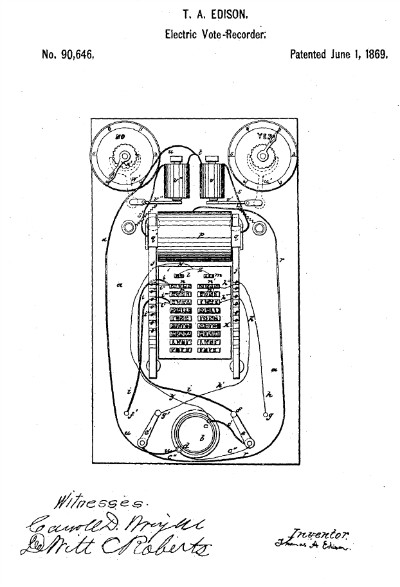
Suiter Swantz IP is a full-service intellectual property law firm providing client-centric patent, trademark, and copyright services. If you need assistance with an intellectual property matter and would like to speak with one of our attorneys, please contact us at info@suiter.com .





